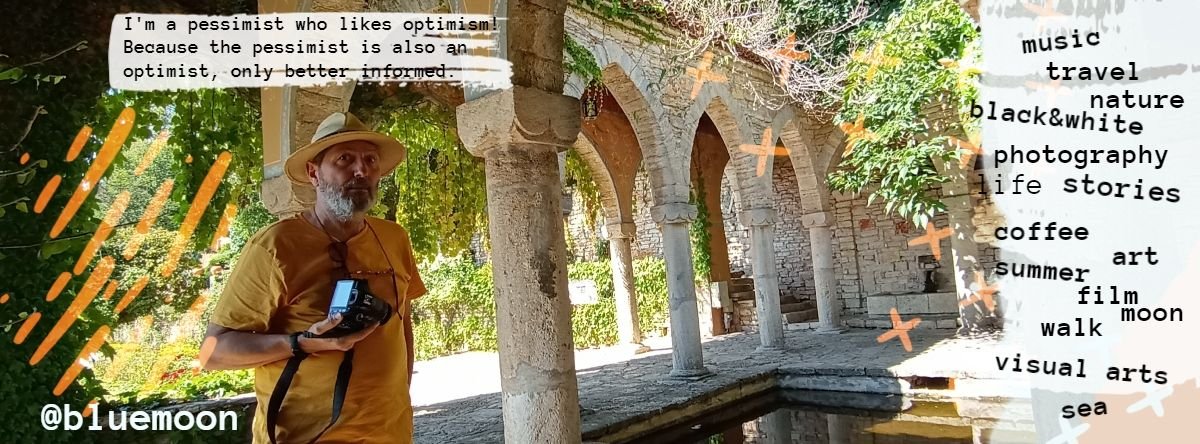It's been a while since I've written about an exhibition, and it's not because I don't have anything to write about. The cause is that it is more difficult, at least for me, to start such an initiative because it requires more time and more quiet to concentrate on the subject.
I've already discussed Art Safari, a unique museum concept that brings together several exhibitions, primarily featuring painting, graphics, and drawing, in short sessions of a few months. More on that here: - Art Safari-purpose and place
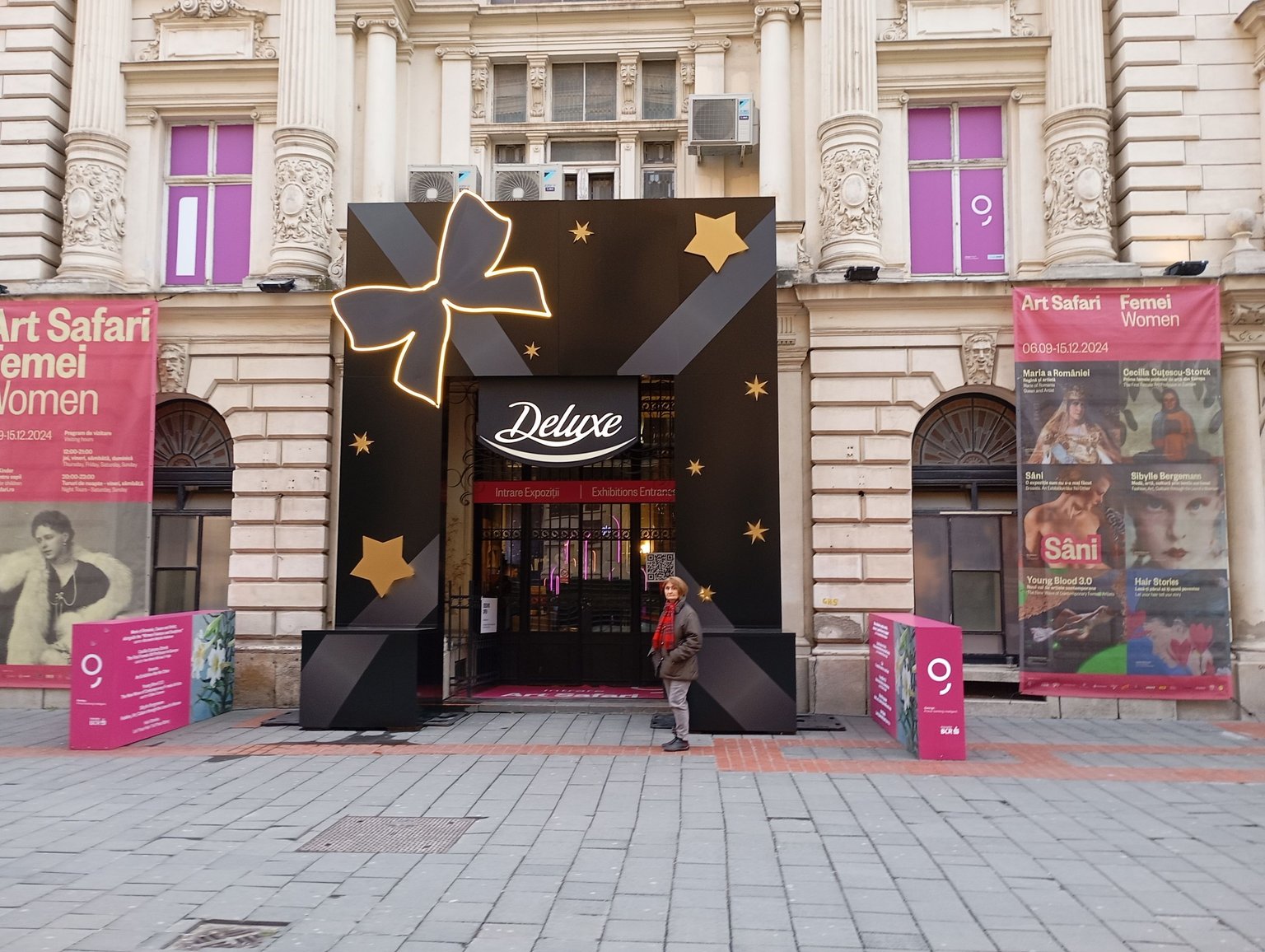
The last Art Safari I saw, in December last year, was about women artists: Women!
We talked about some of the exhibitions in Women:
There are a few exhibitions left to show: below, you can see how the exhibitions were organized. I showed the second one (Queen Mary) and the third one (Breasts), but I missed the fifth one because it closed early, and I was on the last day. There are still a few left to show: Cecilia Cutescu-Storck, Sibylle Bergemann, and Young Blood.

Art Safari Kinder, and Hair Stories didn't interest me.
Now I will try to refer to Cecilia Cutescu-Storck, the first female art professor in Europe.
I kept postponing starting this difficult presentation for me because Cecilia Storck is an artist whom I greatly admire, not only for her work, but also for her life and her influence on Romanian society over the last century.

Cecilia Cuțescu-Storck (14 March 1879, in Câineni, Vâlcea – 29 October 1969, in Bucharest) was a Romanian painter with a strong influence on cultural life in the interwar period. She was a promoter of feminism, contributing to the establishment of the "Association of women painters and sculptors" (together with Olga Greceanu and Nina Arbore) and "Feminin artistic circle". She was the first woman in Europe to become a professor at an art academy, teaching painting and decorative arts at the Bucharest School of Fine Arts. Source
I am confused now, I would like to write so much about this artist but, at the same time, I realize that what is important to me will be of no interest to some foreign readers, so I will only try to show some paintings from the exhibition and, mainly, I would like to be able to capture the atmosphere and scenography of the exhibition rooms.
Since some of the paintings hold a special connection to a place in Bulgaria that is my favorite vacation spot, I will save them for a dedicated post.
Cecilia Cutescu-Storck is the first female art professor in Europe.
I start with a self-portrait from her youth, facut cu carbune pe hartie si numit "Munchen 1899". I think the title says it all...

The exhibition hall features its scenography, and the organizers have chosen to minimize the amount of light. Only the lights are directed towards the paintings.
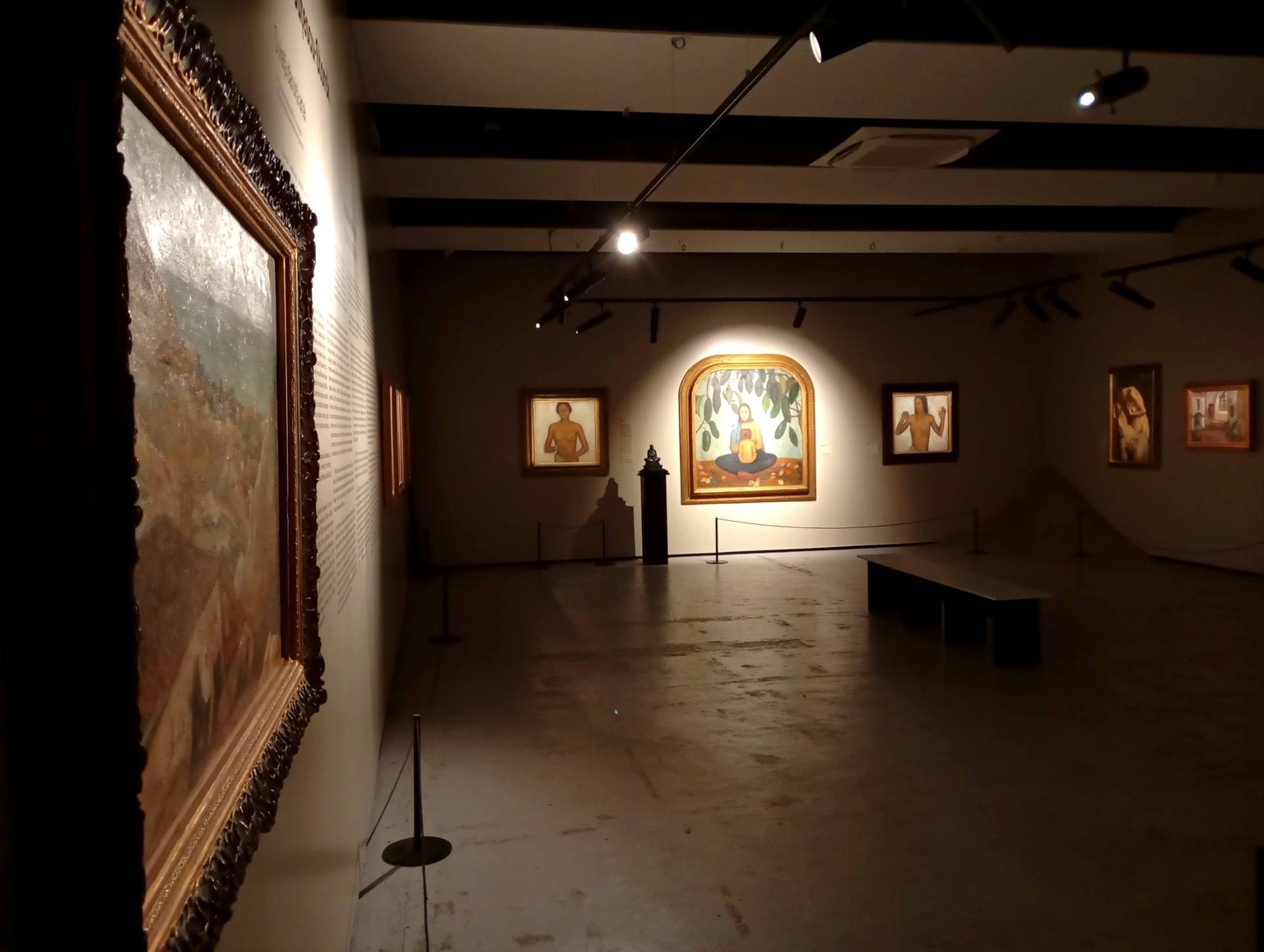
It's a strange experience to walk in such a dark room, but you soon get used to it. It's pleasant to the eye, but hard to photograph due to the brightness of certain parts of the paintings.

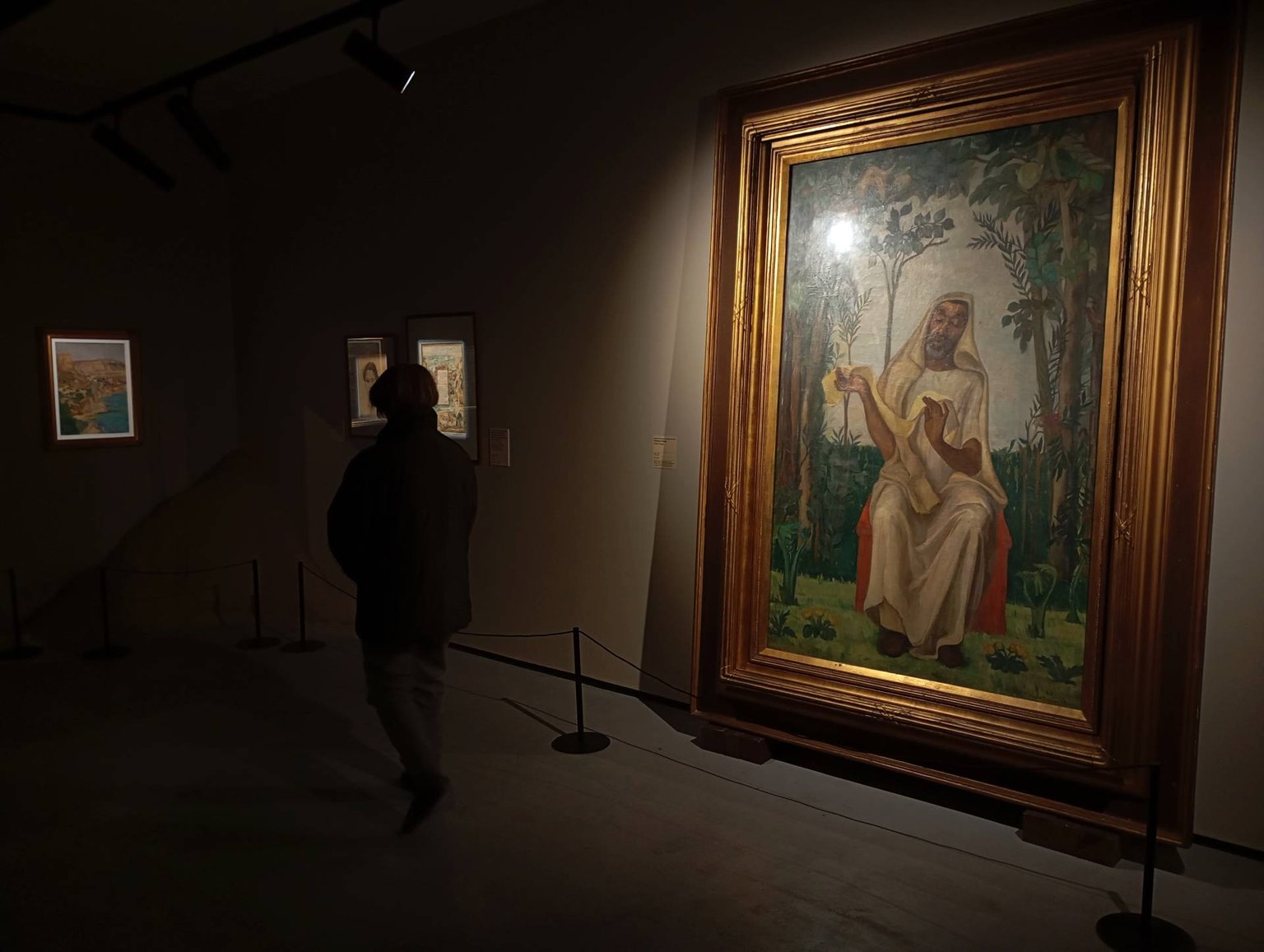
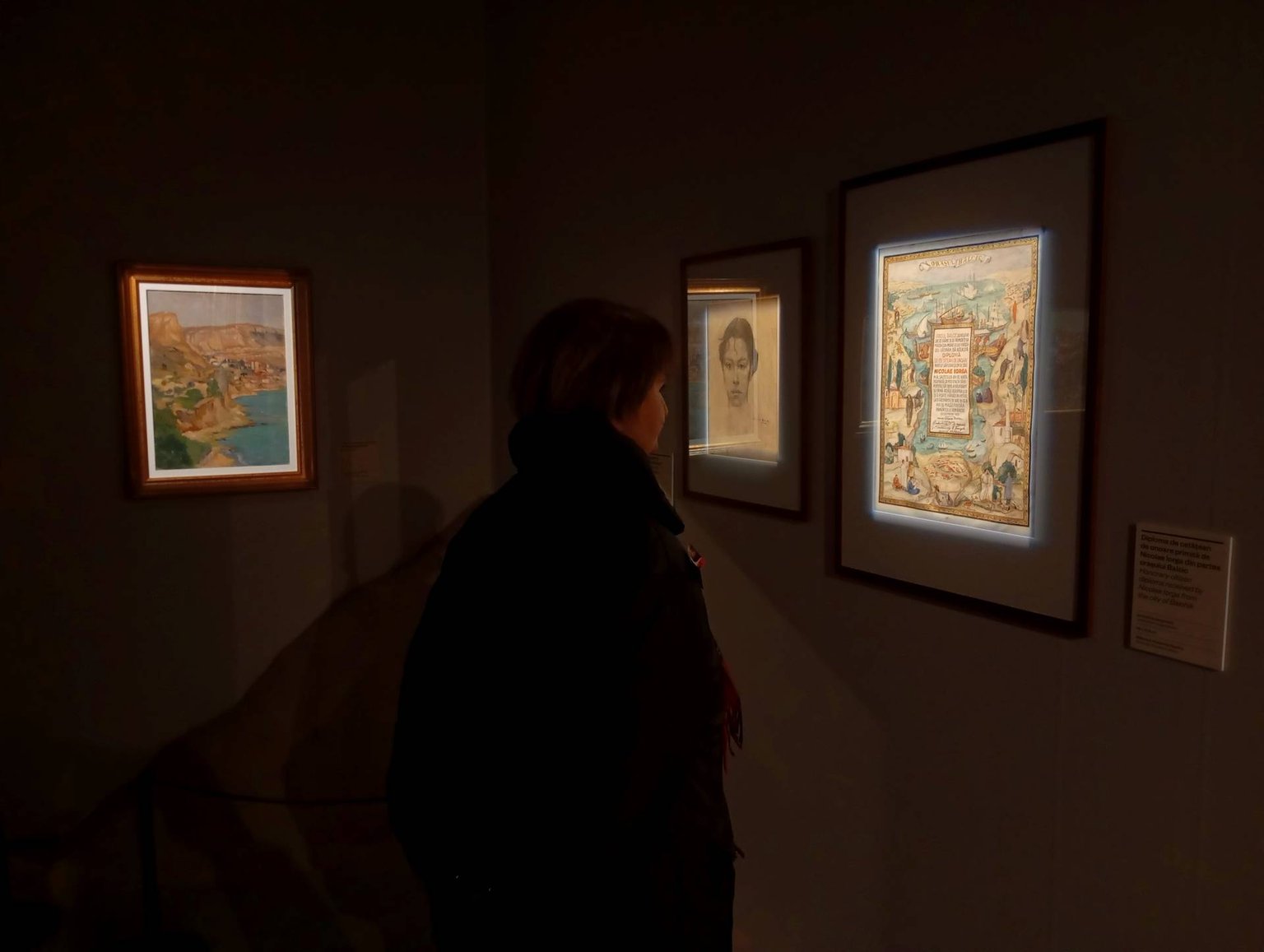
An unusual work for Cecilia is this diploma of honorary citizen of Balchik.
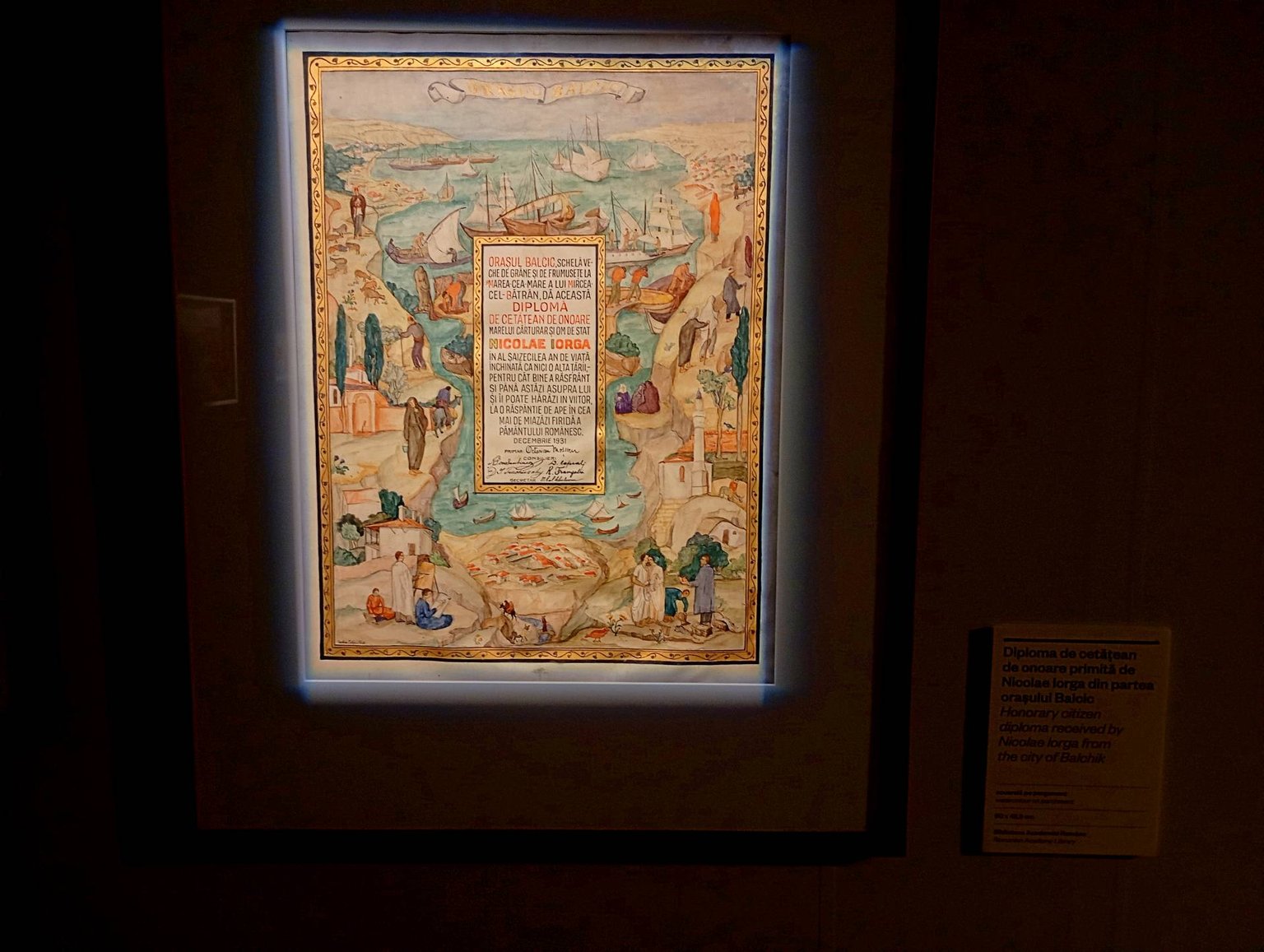
This is what part of the exhibition hall looks like, and I want to draw your attention to something in the right-hand corner. It's sand. You'll see it in other places. I'll tell you later what the significance of this unusual presence in an art exhibition is.
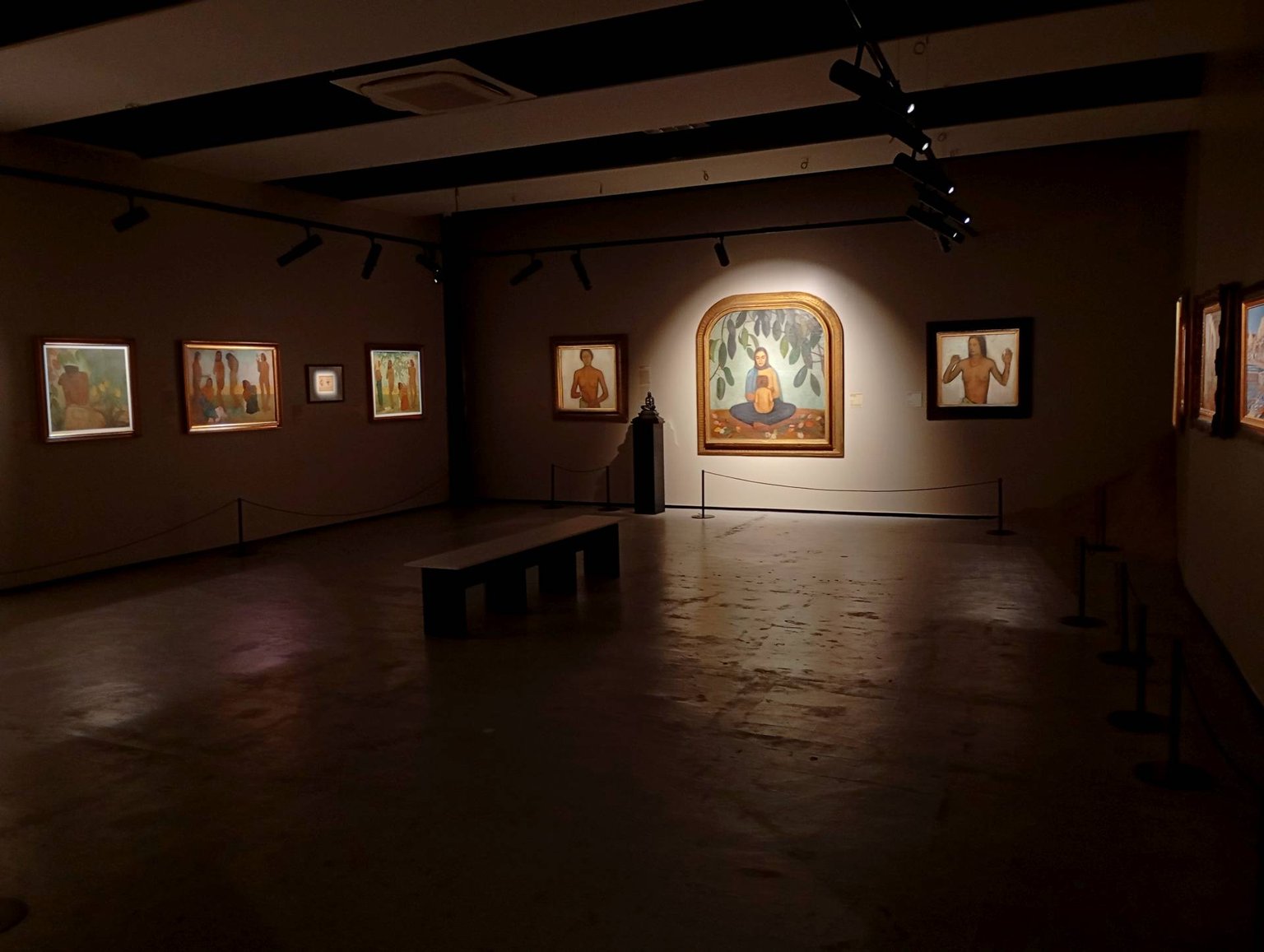
Cecilia Cutescu was a feminist who advocated for the emancipation of women in a society that was not yet ready for it, in Romania during the 1900s. Most of her paintings and drawings were about women...
Motherhood
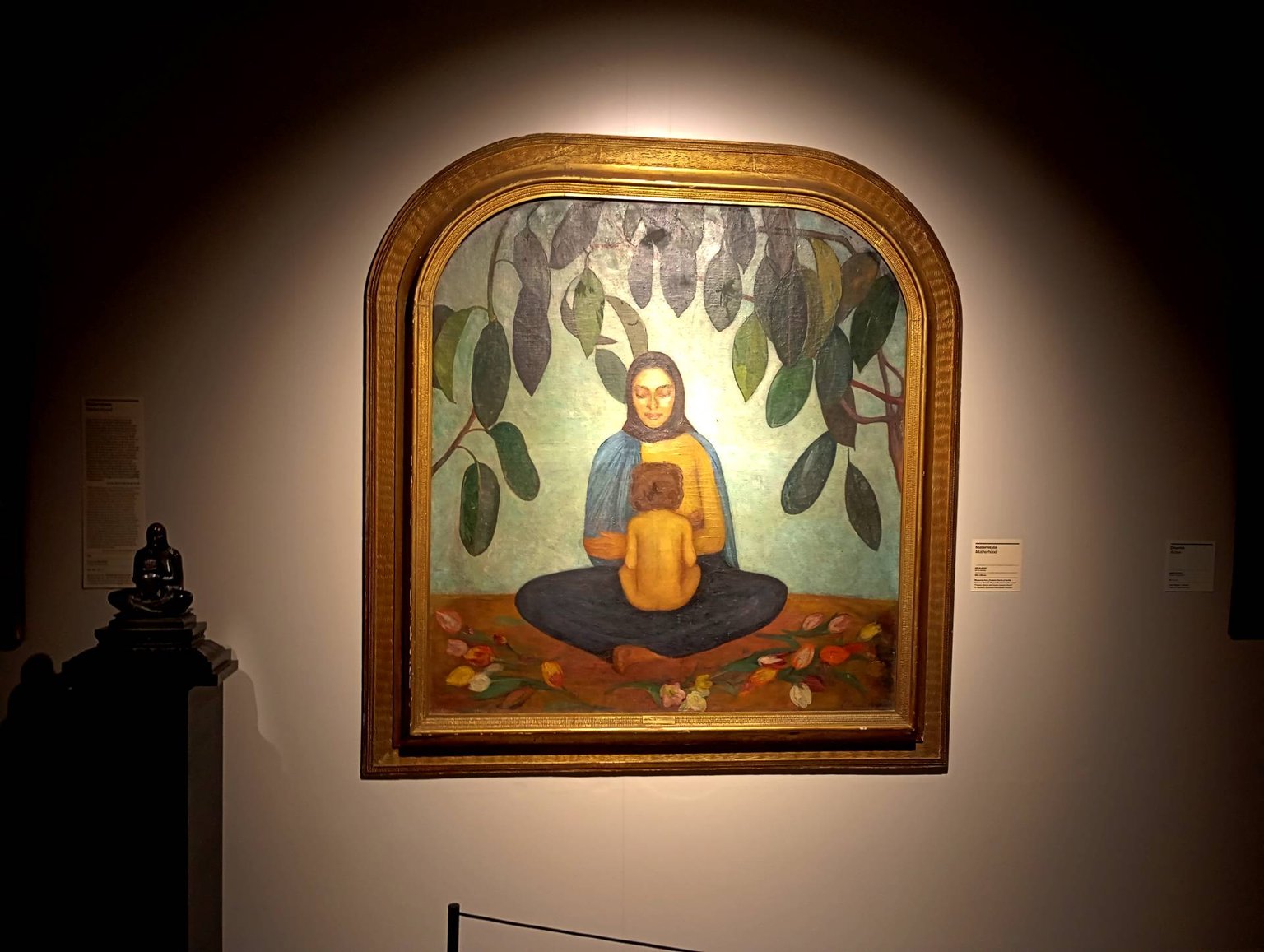
Active
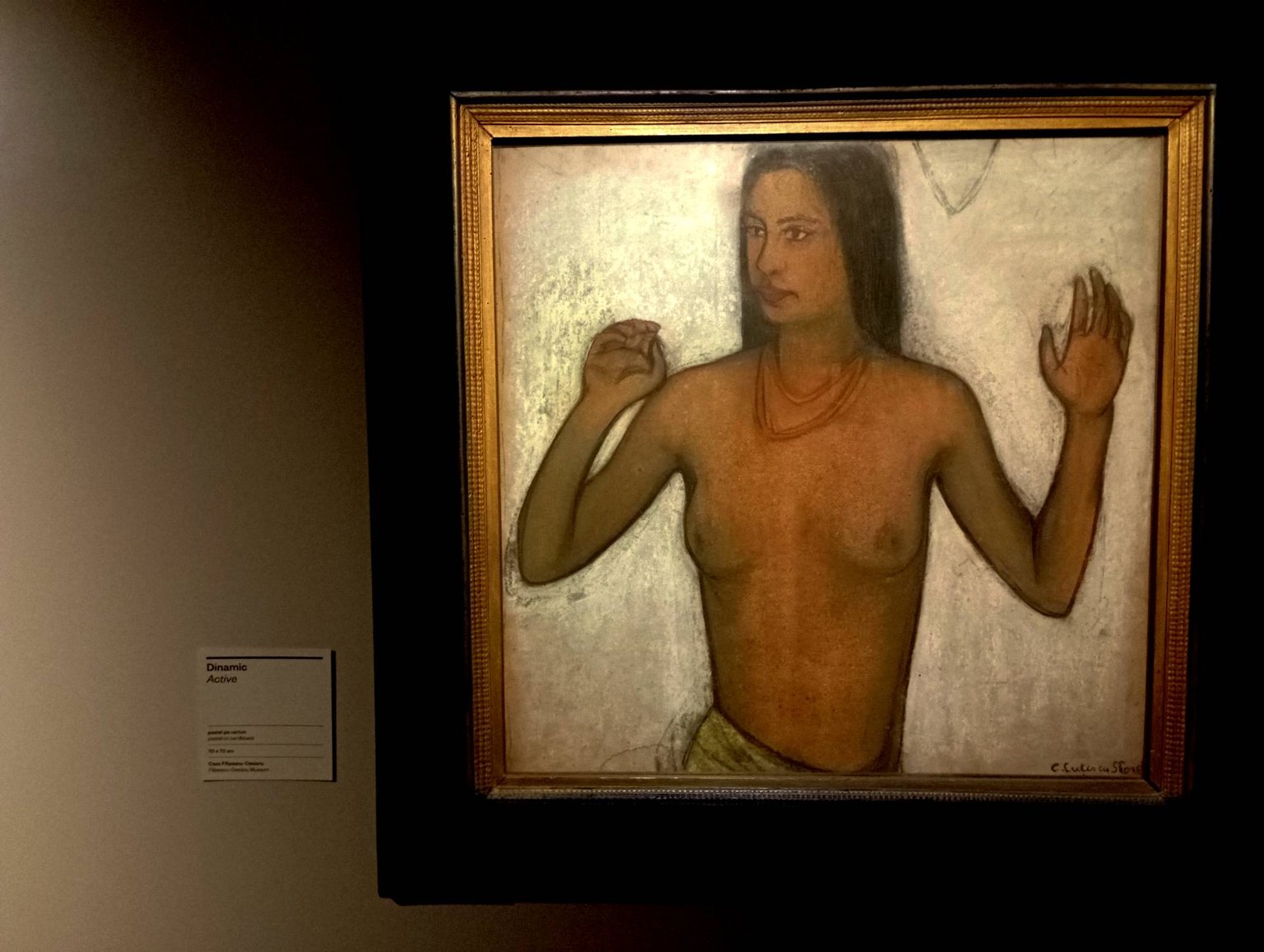
Sand
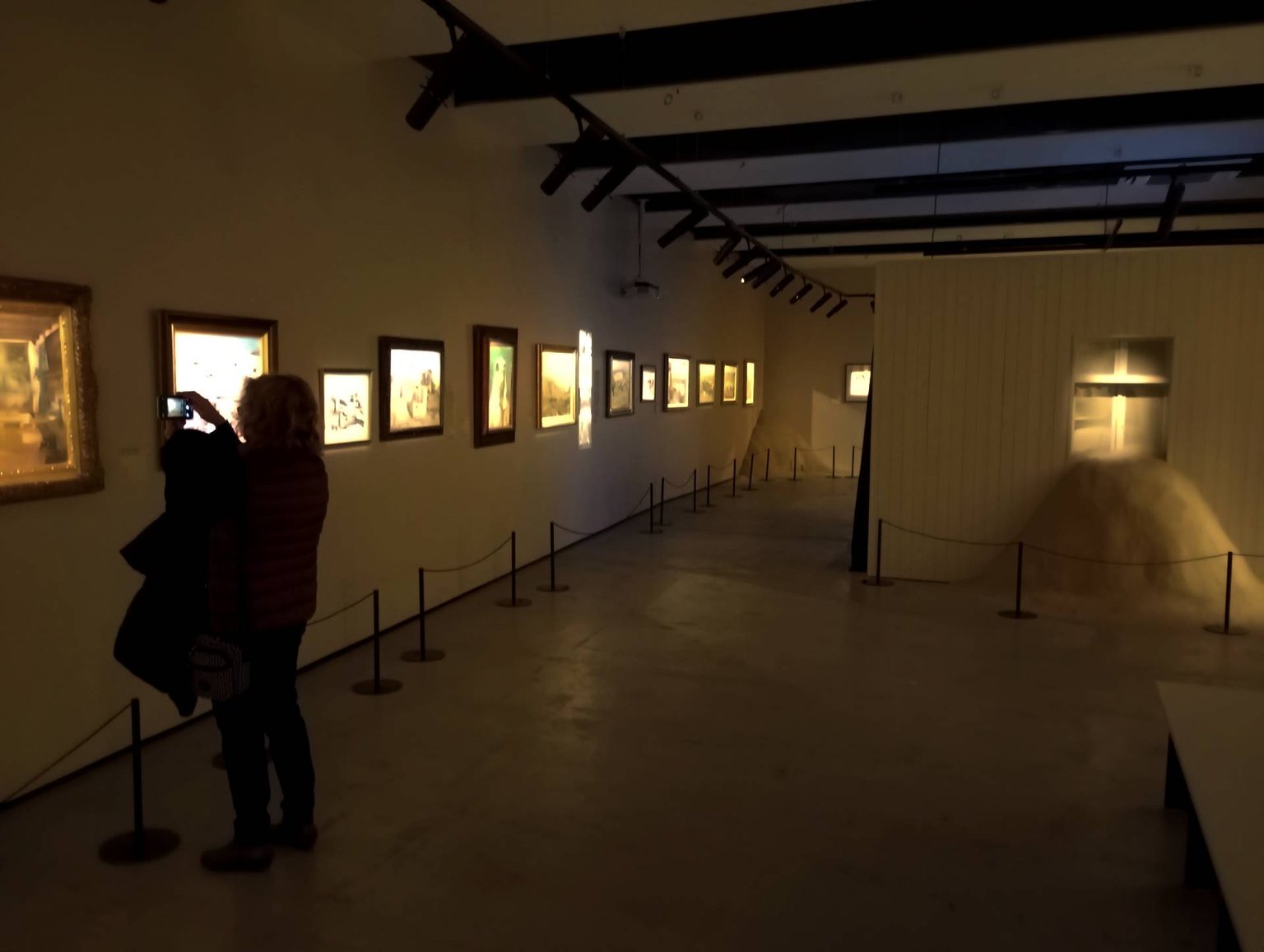
I think you can now see the sand placed at the corners of the hall and the window of this unexpected construction in the middle of the exhibition more clearly. You probably can't guess the symbolism of this, and I will tell you...
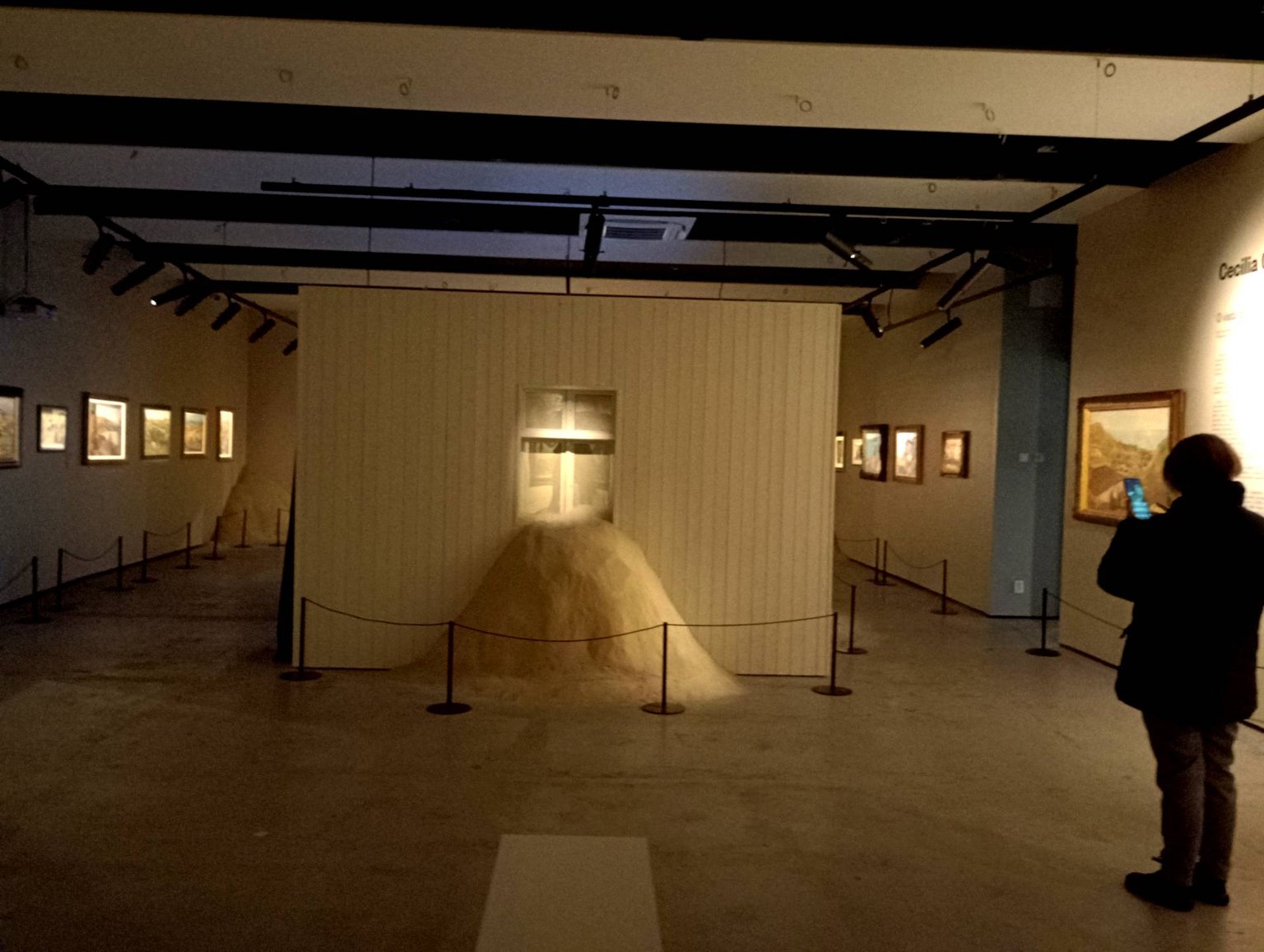
The Storck family loved the sea deeply and resided in a beautiful villa in Balchik, a town located on the Black Sea in Bulgaria, for a considerable period. This city, along with the entire southern Dobrogea region, was part of the Kingdom of Romania from 1910 until 1940, when it was returned to Bulgaria. At that time, all Romanians who had vacation homes, as well as the kingdom of Romania itself, which had a summer residence, were forced to leave and relinquish their properties. Cecilia Cutescu Storck remained for the rest of her life nostalgic for the sea and her seaside home. The sand in the exhibition symbolizes this nostalgia.
In 1899, Cecilia Cutescu studied painting in Paris at the Académie Julian and integrated into the artistic life of the French capital. She debuted at the 1902 Salon du Champs-Élysées, where she displayed an oil painting entitled "Nude Study."
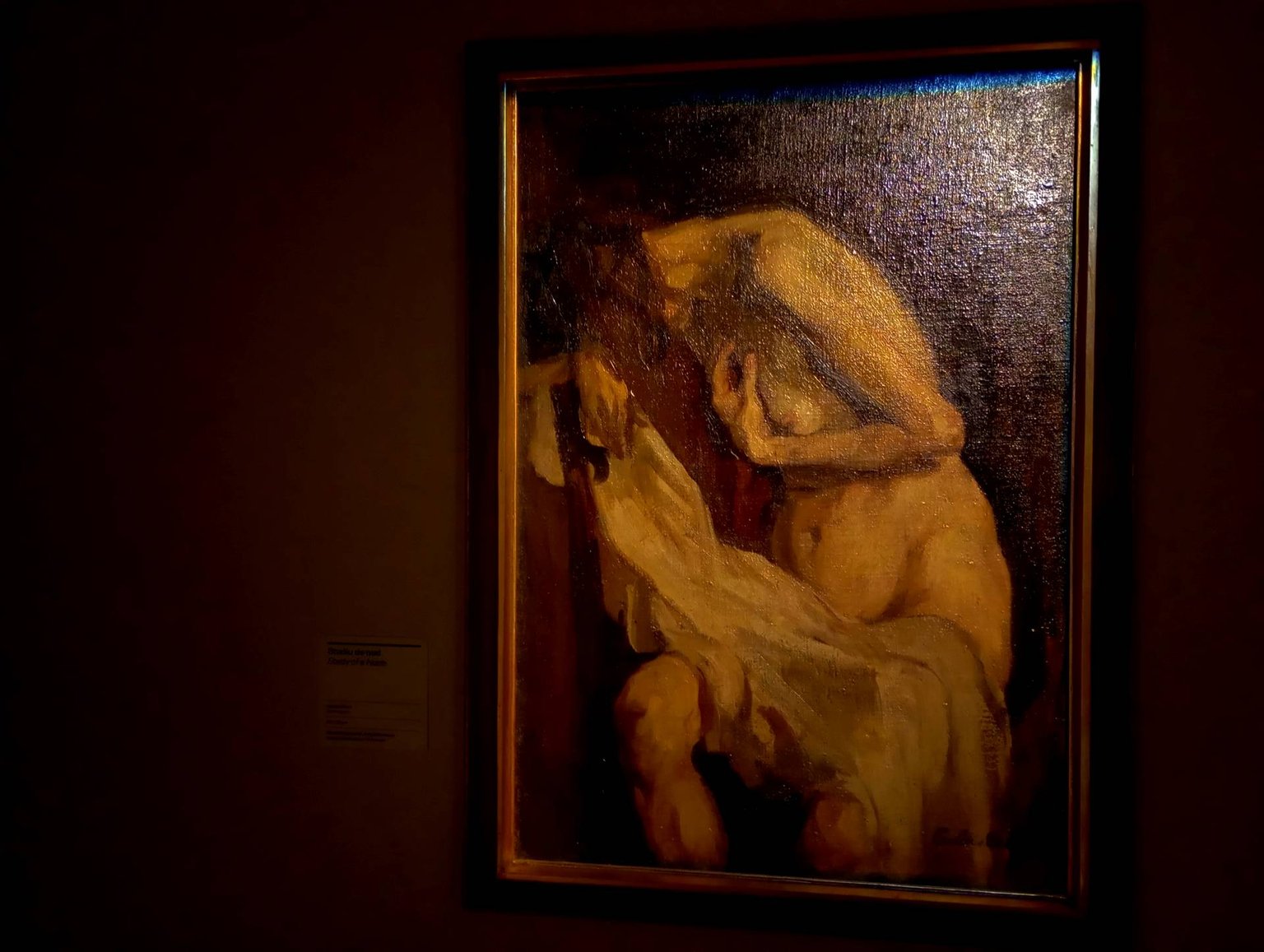
Additionally, due to the years spent in Paris, Cecilia Cutescu's painting was significantly influenced by Paul Gauguin, as evidenced by the following examples from the exhibition.
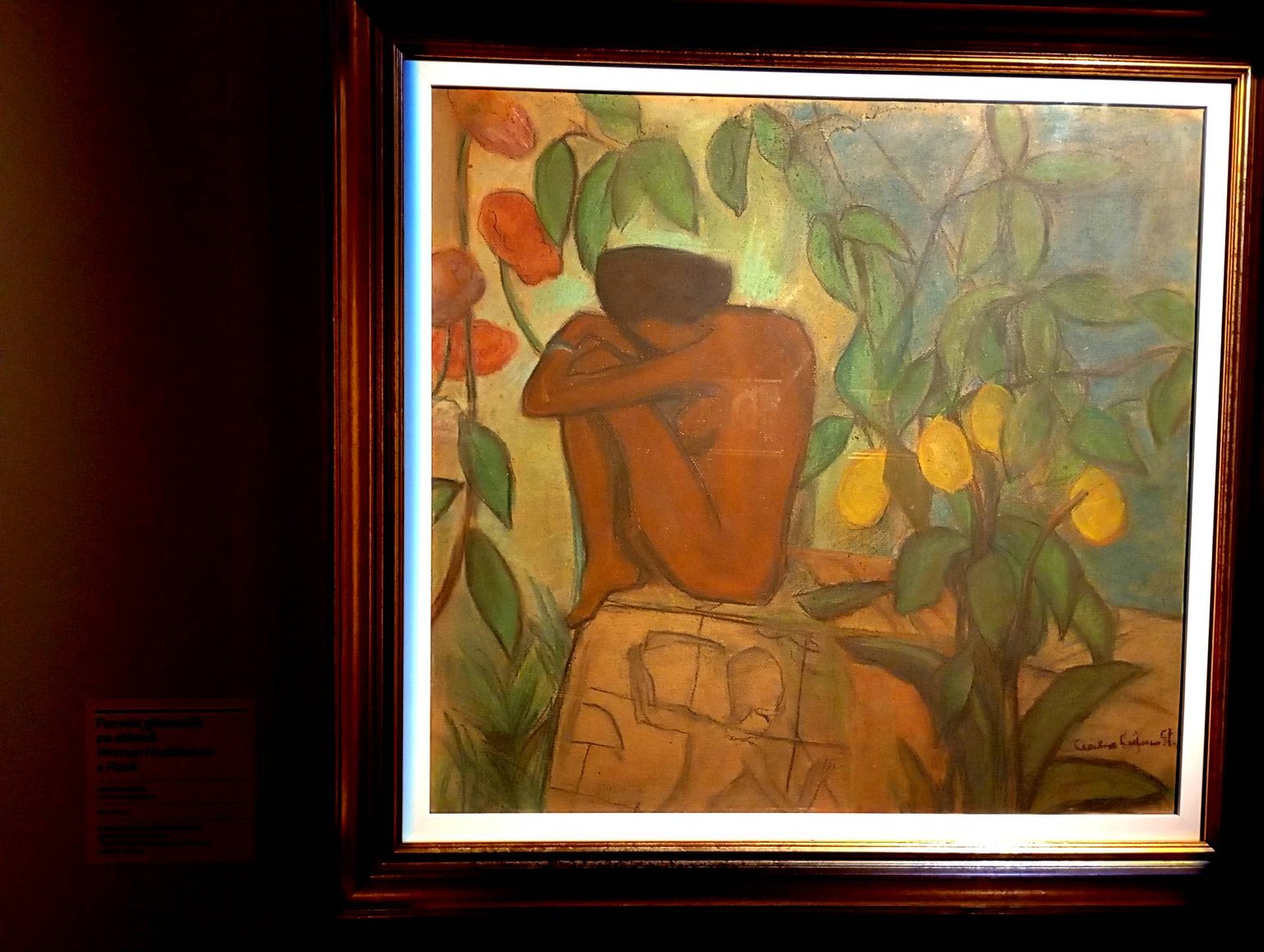
Rainmakers is the most common name for the magical ritual of invoking rain practised in times of drought. It is performed by naked young girls wrapped in leaves and garlands of danewort.
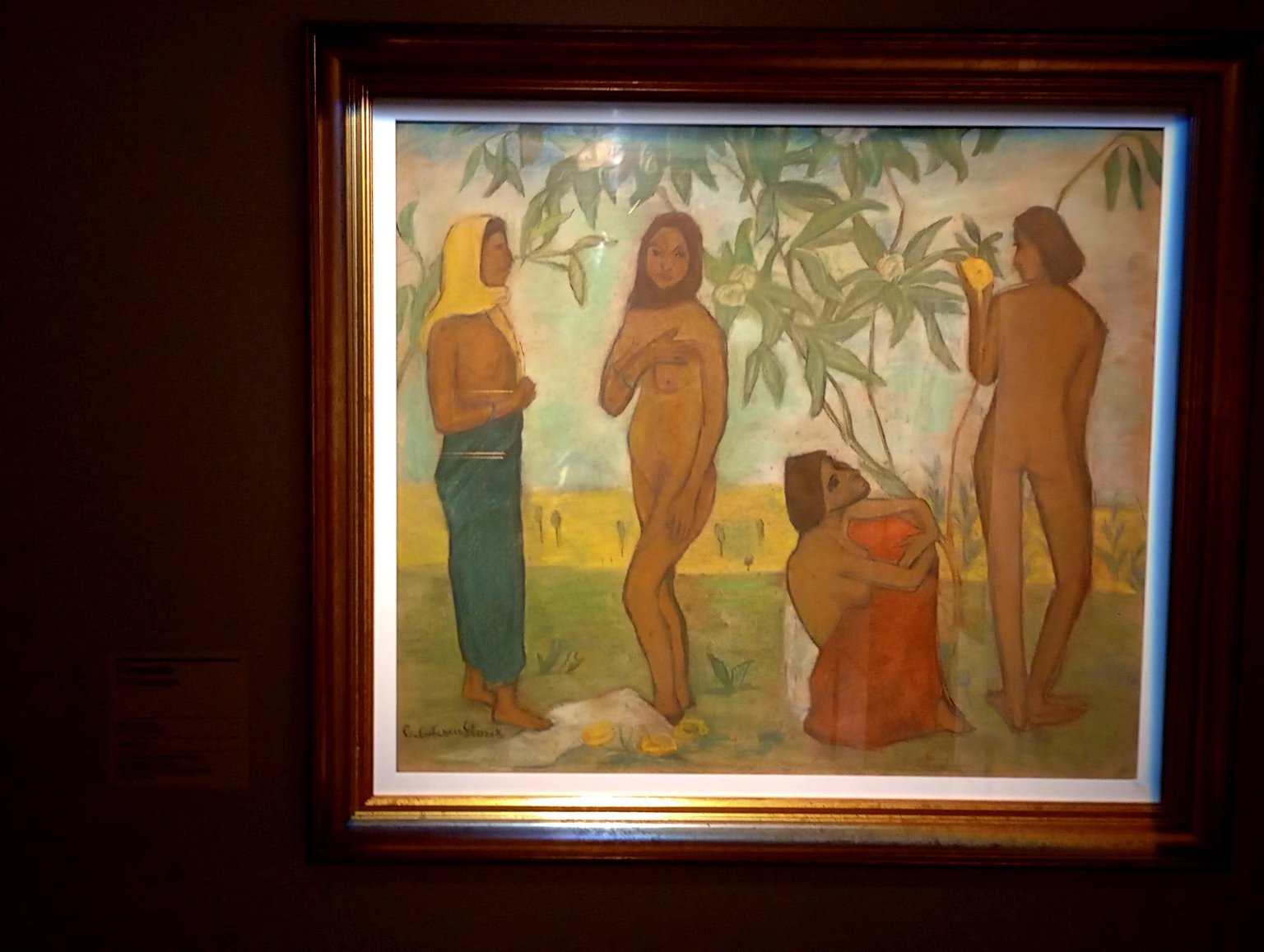
The nudity of Rainmakers is meant to evoke the sincere purity of a nature filled with life.
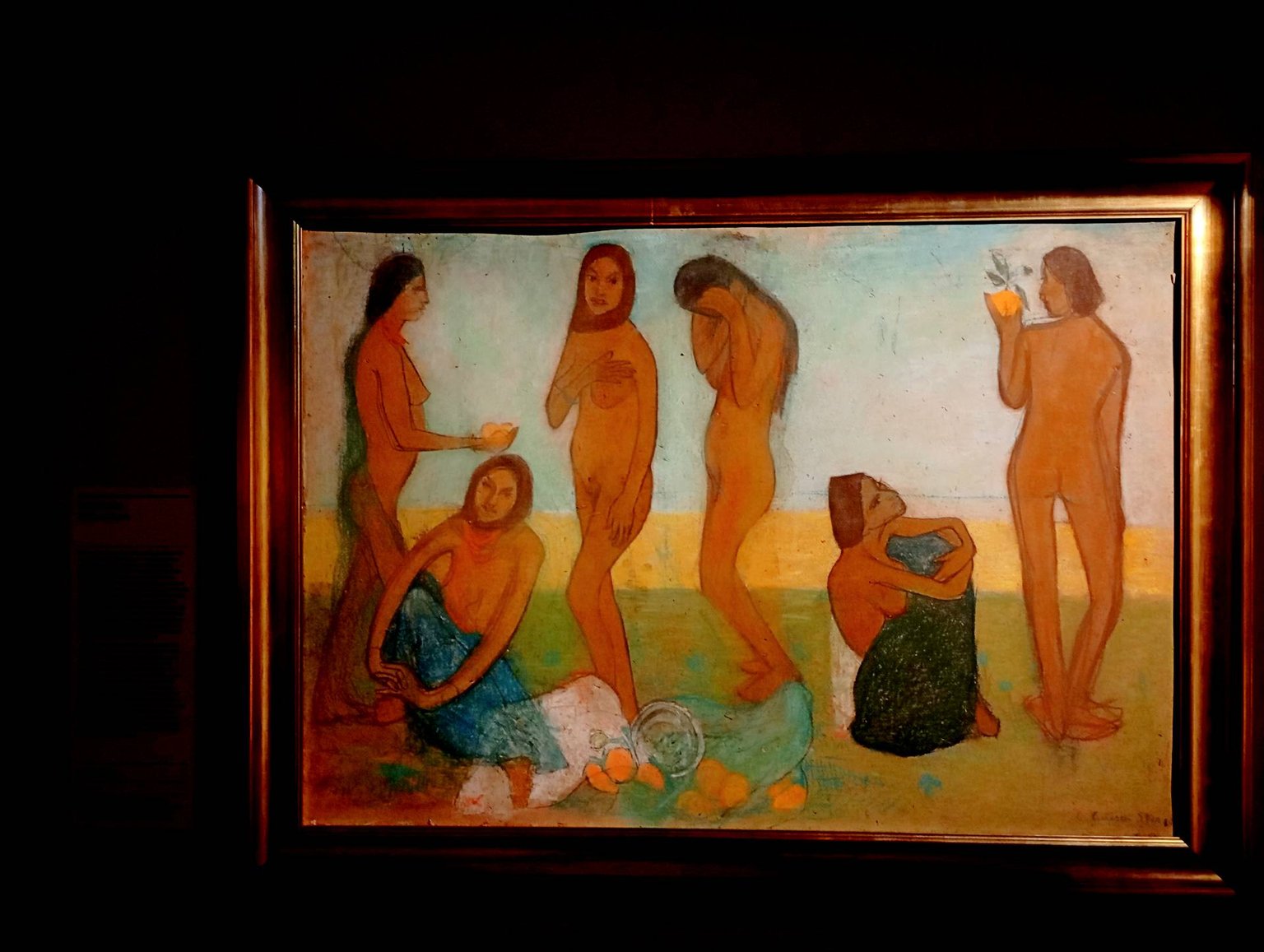
The artistic creed and work of Cecilia Cutescu-Storck: the beauty of the female body, the freedom that primitivism offers, the sincere purity, the spontaneity and grace of gestures, but above all, the woman's dexterity and fighting spirit.
Cecilia Cutescu-Storck with her daughter Gabriela
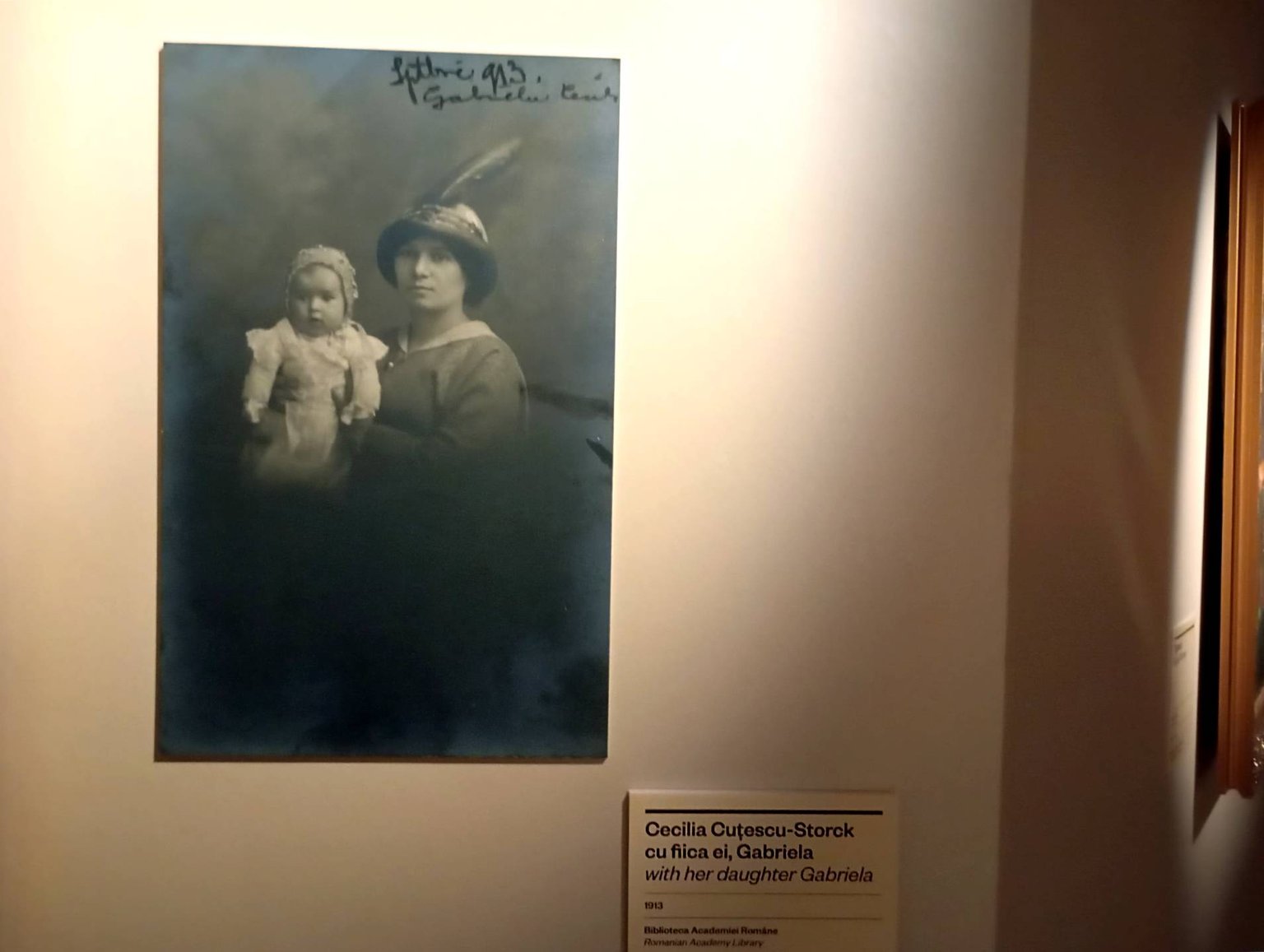
Portrait of his teenage daughter Gabriela
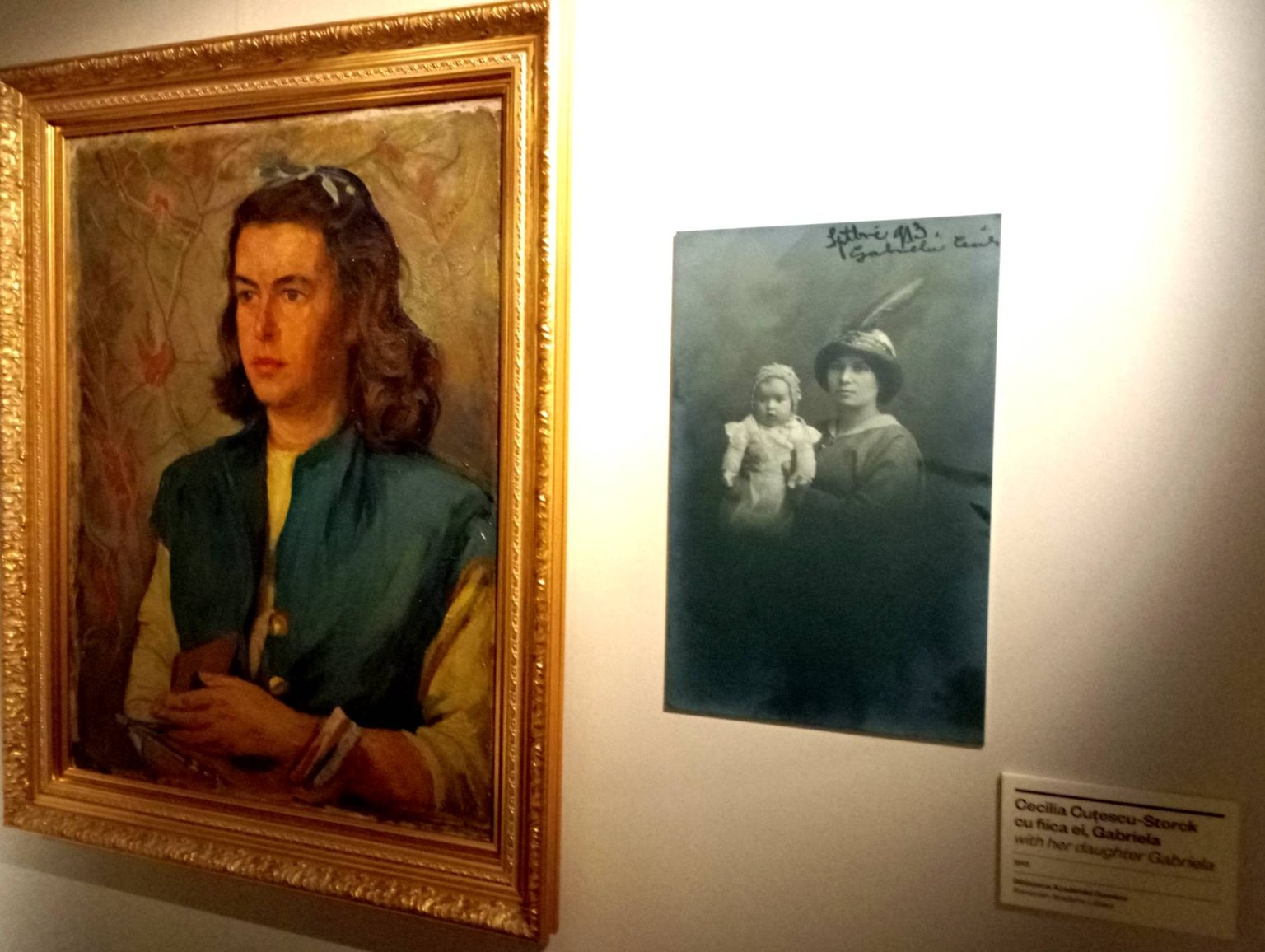
Cecilia Cutescu Storck and her autobiographical book "The Fresco of a Life"
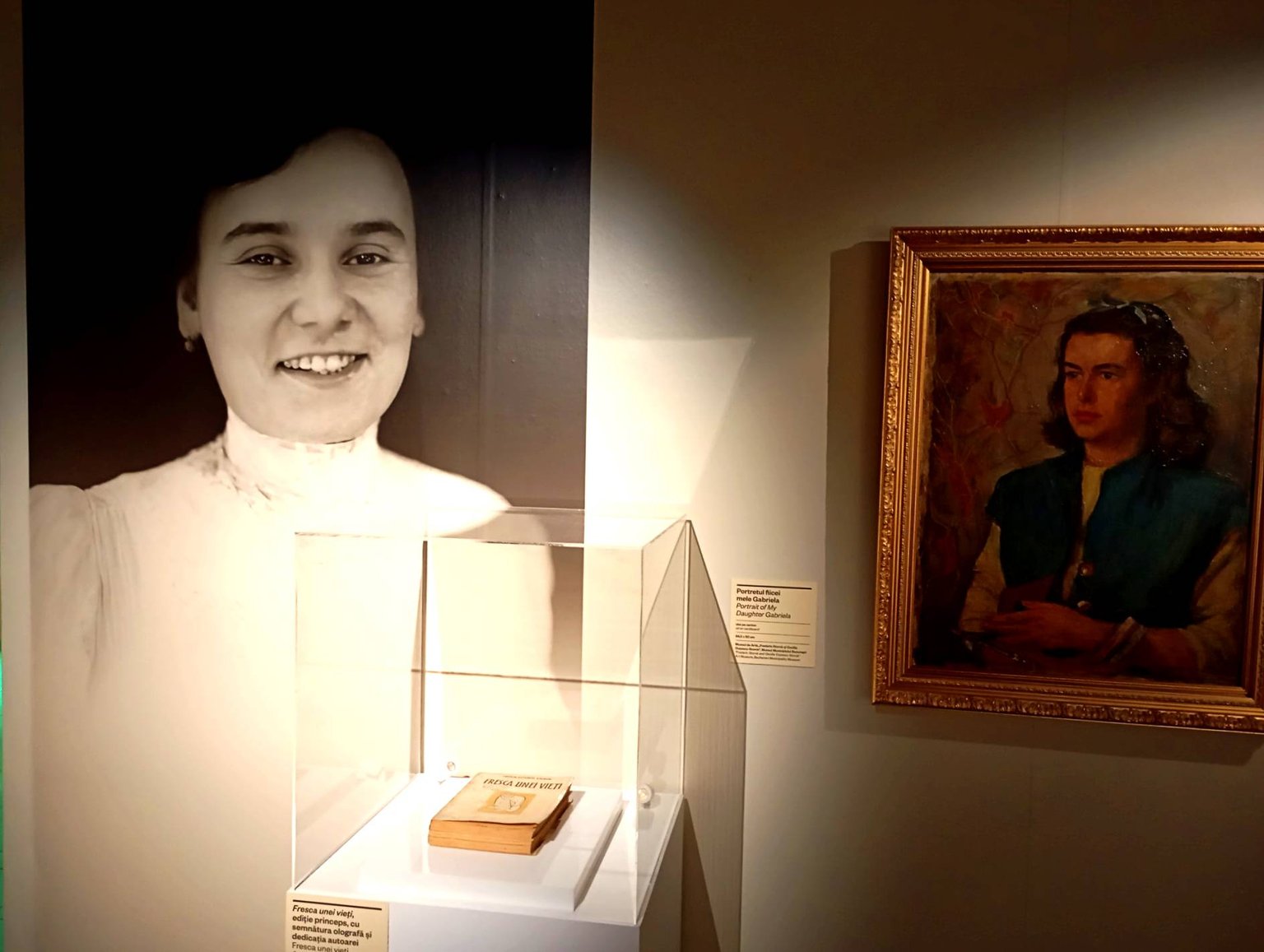
This was a partial presentation of the Cecilia Cutescu Storck exhibition in Bucharest, December 2024.
